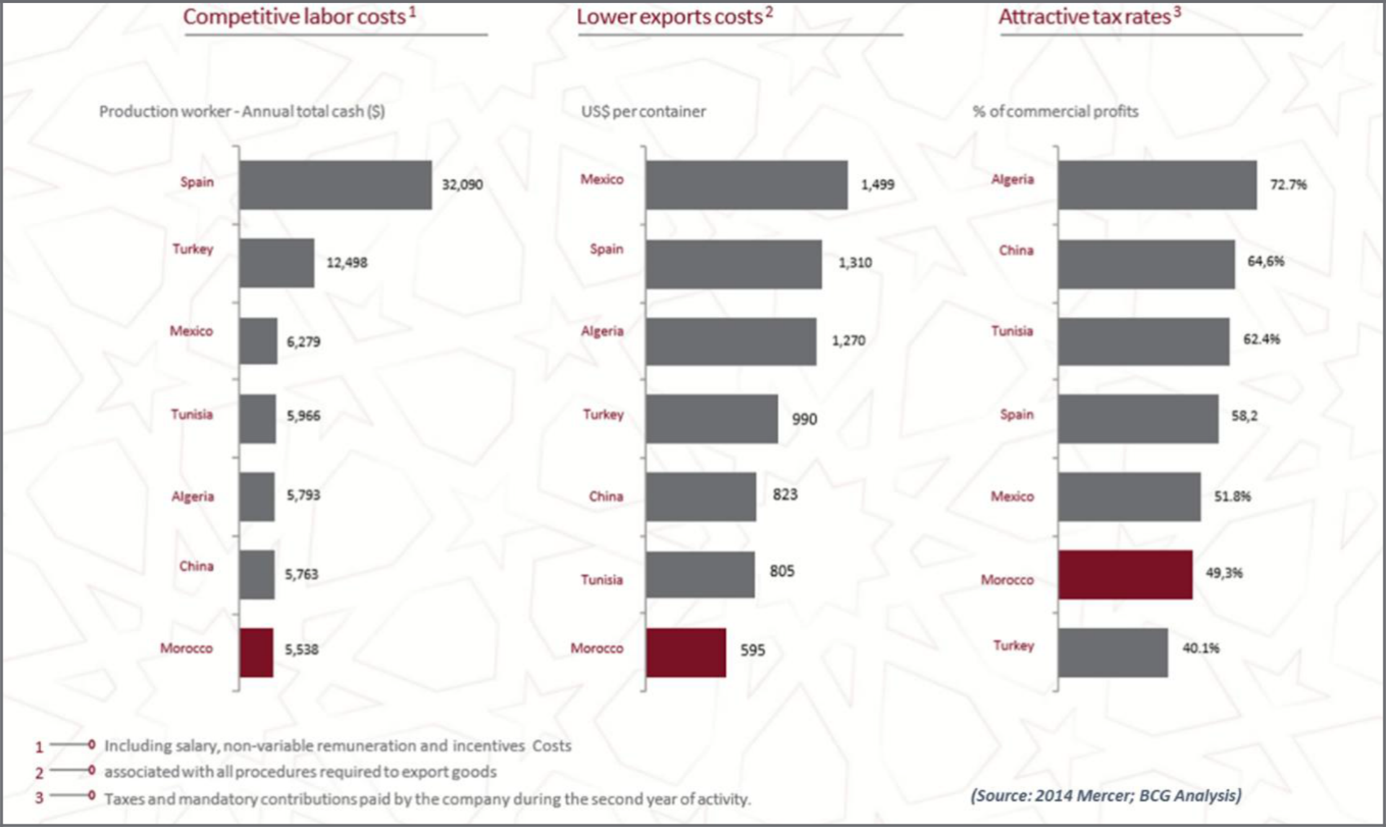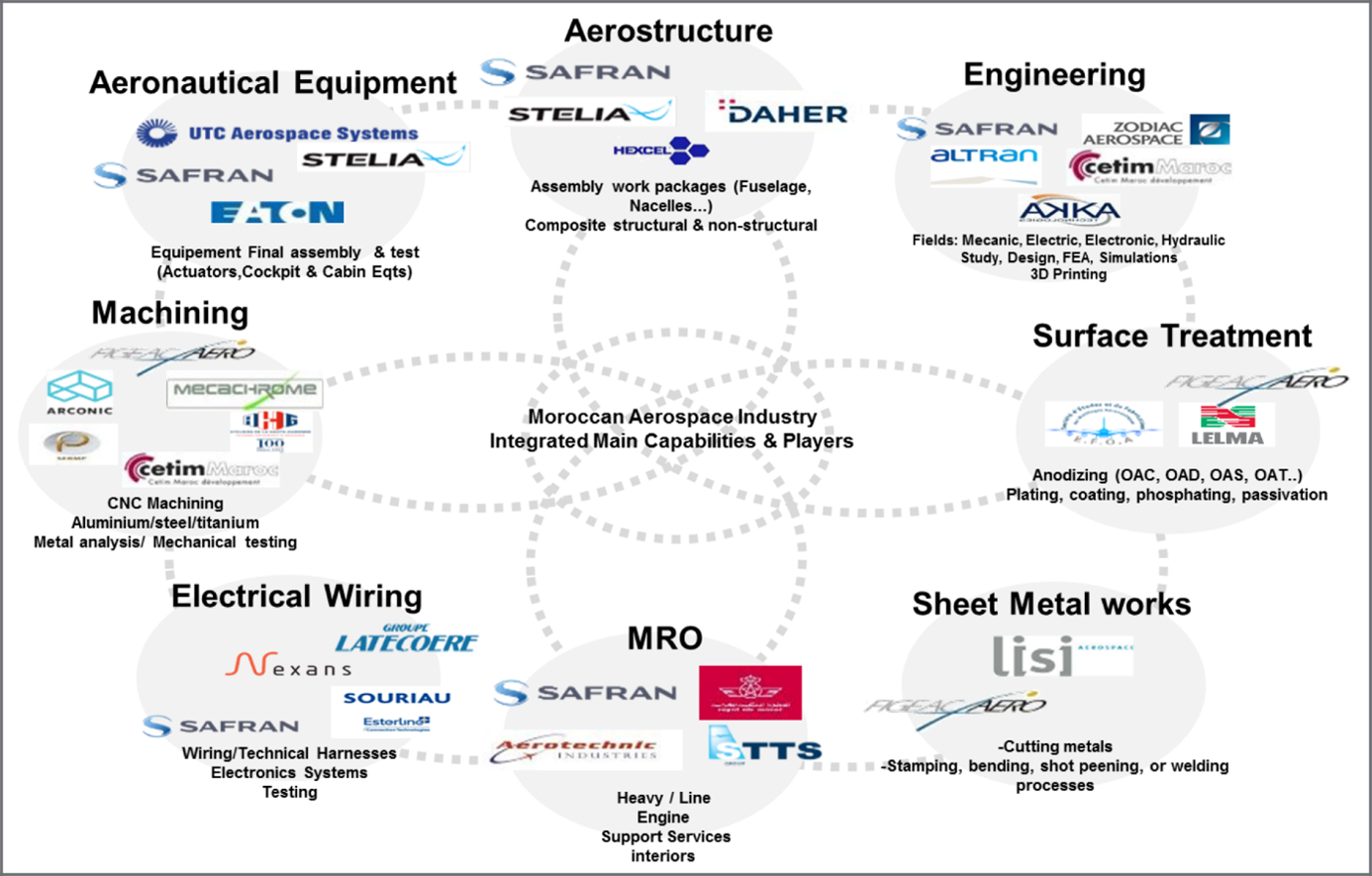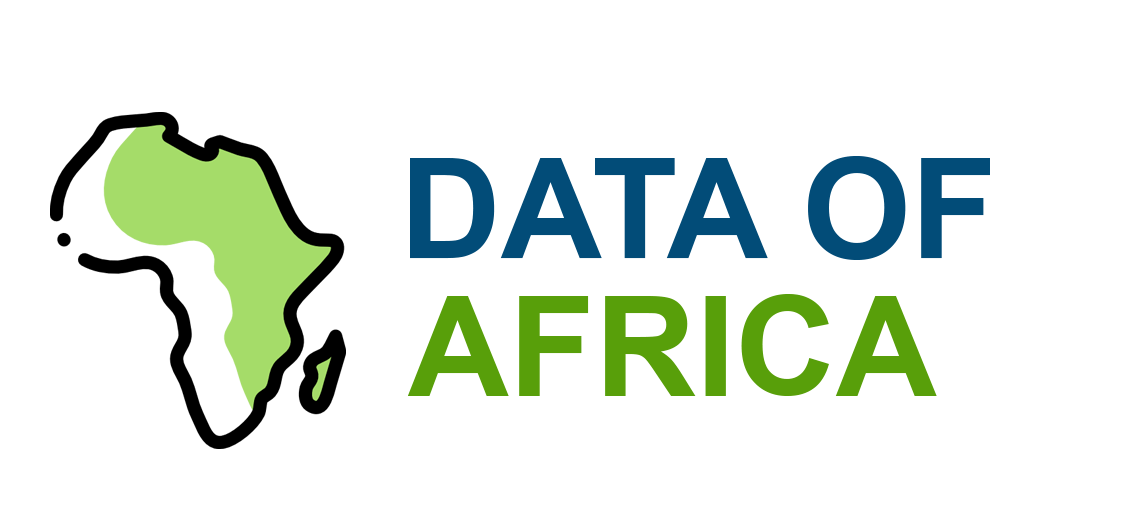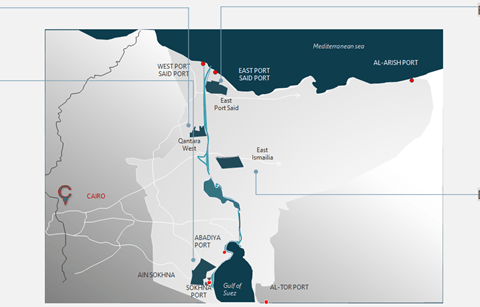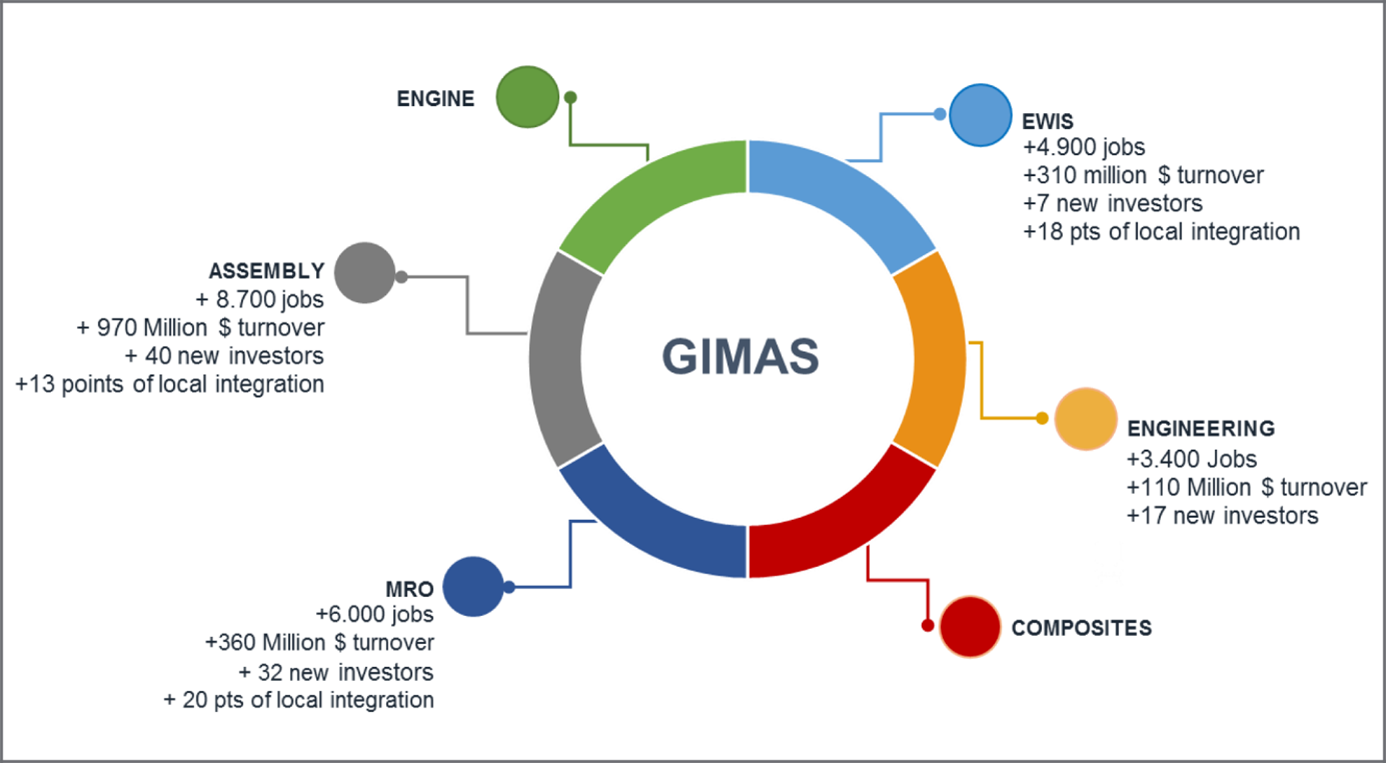
In less than two decades, Morocco has established itself as the leading aeronautics industrial hub on the African continent. This rise is based on an ambitious national strategy, combining investment in infrastructure, talent training, and strong partnerships with major global players.
- A strategy based on specialized industrial zones
The heart of the Moroccan aeronautics industry is located in the Casablanca region, within dedicated zones:
-
- Midparc Casablanca Free Zone: a free zone of approximately 125 hectares dedicated exclusively to aeronautics and associated technologies. It is home to giants such as Boeing, Airbus, Bombardier, Safran, Stelia, and Eaton.
- Nouaceur Aerodrome: mechanical, electronic and maintenance (MRO) subcontracting center.
These platforms are connected to the port of Casablanca and the Tangier Med port, providing world-class logistics access for export.
- Flagship industrial projects
- Boeing Ecosystem: a project signed in 2016 between Boeing and the Moroccan government to create an ecosystem of 120 local suppliers integrated into the American manufacturer’s global supply chains. This project aims to create 8,700 skilled industrial jobs and additional revenue of $1 billion per year.
- Moroccan SaffronSafran, established in the country for 20 years, manufactures nacelles, engine parts, wiring, and aerostructure parts. Its Casablanca site is one of the largest outside Europe.
- Stelia Aerospace (Airbus): production of sub-assemblies (fuselages, doors), with a high level of technological integration and quality.
- Bombardier (now part of Airbus): factory of composite structural parts for regional and commercial aircraft.
- Technologies and training
Morocco is banking on:
-
- Automated production lines, integrating composite processes, digital control systems, and 4.0 technologies.
- Training of talents through the Institute of Aeronautical Professions (IMA), which trains hundreds of specialized technicians and engineers each year.
- Sustainability and 2030 ambitions
The Moroccan strategy includes an environmental dimension:
-
- increasing use of renewable energy to power industrial sites;
- sustainable waste management and recycling of composite materials;
- objective of increasing the share of production dedicated to “green” aircraft and parts for future low-carbon models.
By 2030, Morocco aims to:
-
- double the size of its aeronautics sector;
- achieve a local integration rate of 50%;
- position itself as an African hub for light assembly and aeronautical maintenance.

